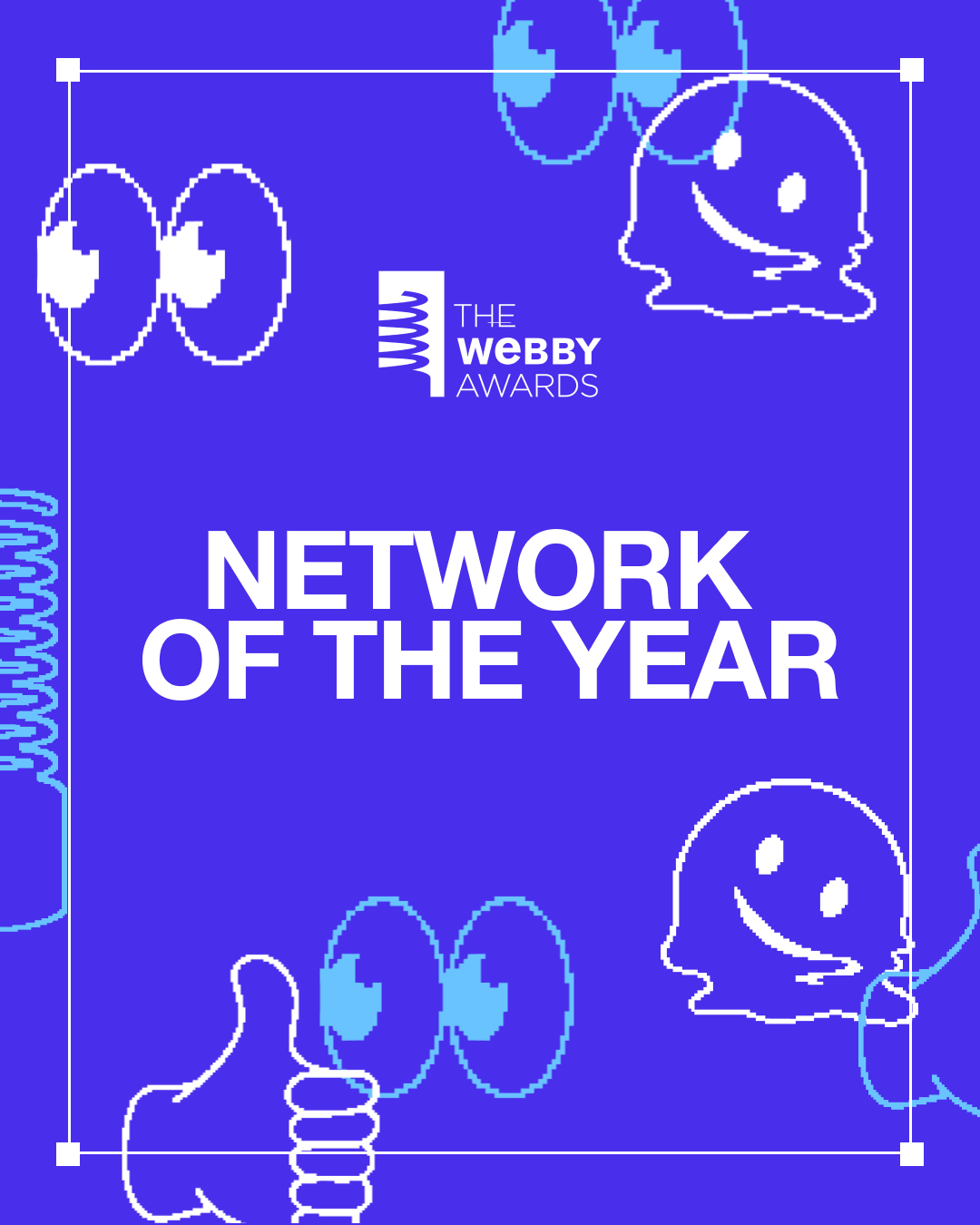7 challenges to delivering a global web content management capability

Challenge #4 – content creation
Content creation is often left to the last minute. It can often just end up being a “copy and paste” of the existing website.
If you are planning to redesign and rebuild your website you also need to think about what you are saying to the audience.
Our advice, even at the earliest points of a new initiative, is to start developing the content immediately – as soon as you walk out of the meeting room.
The time it takes to create, edit and have approved engaging content can never be overlooked.
Challenge #5 – availability of key contacts
This is always a challenge in global organisations and is a real risk for this type of project. Attendance will be needed in workshops, for interviews etc.
This can be mitigated by planning well in advance and ensuring that any feedback that is needed from key contacts is condensed into a small period.
Challenge #6 –underestimating the time required for localising content
Consider who in the local markets is assigned to the creation, translation and upload of the local country content. Remember that localisation is not just translation. It’s about making the content relevant to the local audience. So leave time for sourcing local specific imagery and other assets.
If you assign these tasks to a local country editor who has other responsibilities, and who is only available for your project half a day a week and has never used the CMS, then they will take longer than someone dedicated to your project 100% and familiar with the tools.
Preparing a new website to go-live is not a small undertaking for a content editor and should not be underestimated. In our experience, it is usually the time required for completing content activities being underestimated that is the biggest risk to hitting your launch date.
Challenge #7 – post-project governance
You will invest a lot of time, effort and budget into a global roll out project. Therefore it is important to ensure you have the right governance structure in place to maximise your investment and guarantee long term best practice.
This could include:
Utilising workflow to ensure proper sign off
Creating content management guidelines
Creating Digital Creative guidelines
Defining and managing a BAU process
Implementing systems such as Jira for case tracking and issue management
Importantly having someone in a role where these standards and governance procedures can be monitored and actioned
Delivering a global web content management capability
If you’re managing the digital presence of global enterprise, you’ll need multiple websites, landing pages and microsites across multiple regions, territories and languages. We’ll create the framework to make this production quick and easy.
We’ll define the standards and policies, and we’ll set up the tools and technologies that you’ll need. From there, you’ll be able to create rich and consistent sites when you need them, as you need them.
Whichever technology you’re familiar with, here at DEPT® we have expert developers and project managers who are experienced in a wide breadth of leading CMS technology solutions.
If you’d like to discuss an upcoming project or simply find out more about our solutions, get in touch today.
More Insights?
View all InsightsQuestions?
Global SVP Technology & Engineering





